Designers:
Oskar Renåker, Arezou Mortazavi
My role:
Character and Interaction Design, Coding, Presentation
Timeline:
3 weeks (2022)
Mentors:
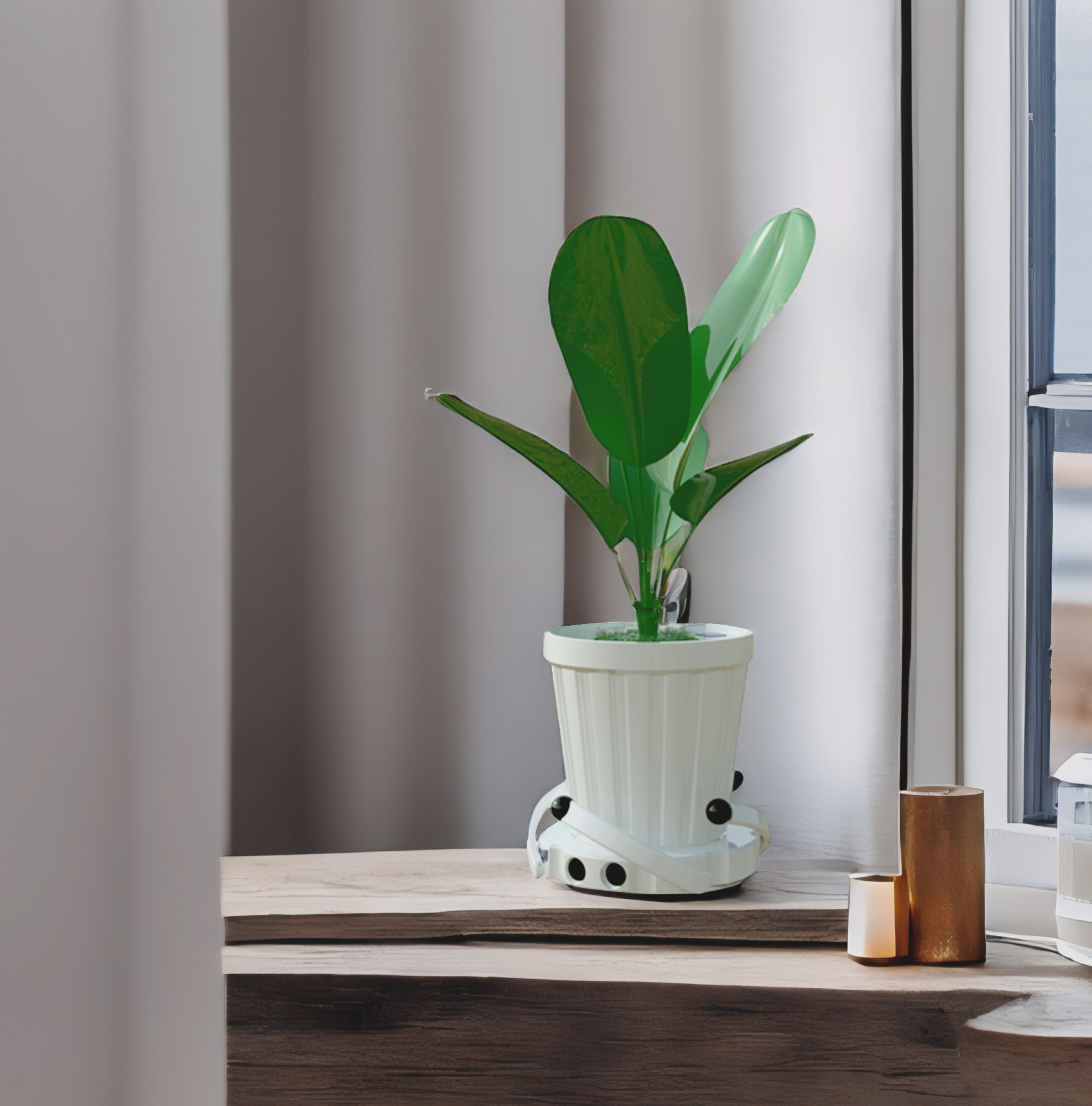
Background:
Potted plants are a common sighting in most households, and our continuous care for them are essential to their survival.
Plants in their natural habitat are buffered by the water in the ground and moisture in the air, but indoor potted plants
need us humans to maintain these levels and the only feedback we get comes when it is almost too late to water them.
This project attempts to solve this problem using a physical digital object.
Design Process:
- Ideation
- Inspiration from WALL-E and other animated characters
- Designing character based on a potted plant
- Designing behavior to communicate the needs of the plant
- Creating 3D model
- Coding and 3D printing
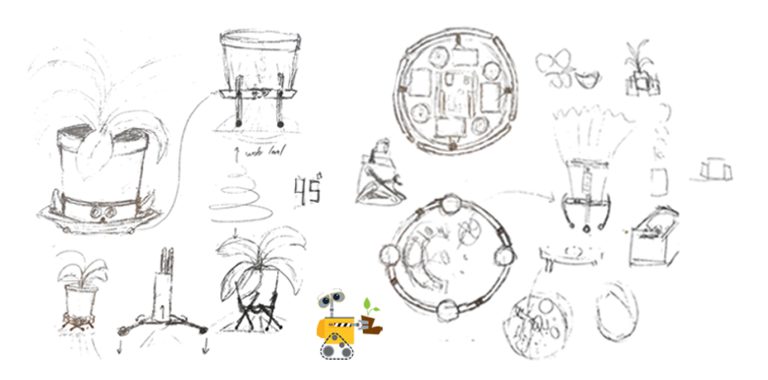
Outcomes:
Introducing the Lillipot, an interactive pot that augments the plant’s abilities to communicate its needs in time, while also providing a fun and rewarding user experience. This is done by using two modules, a moving pot and a sensor module. In detail Lillipot includes:
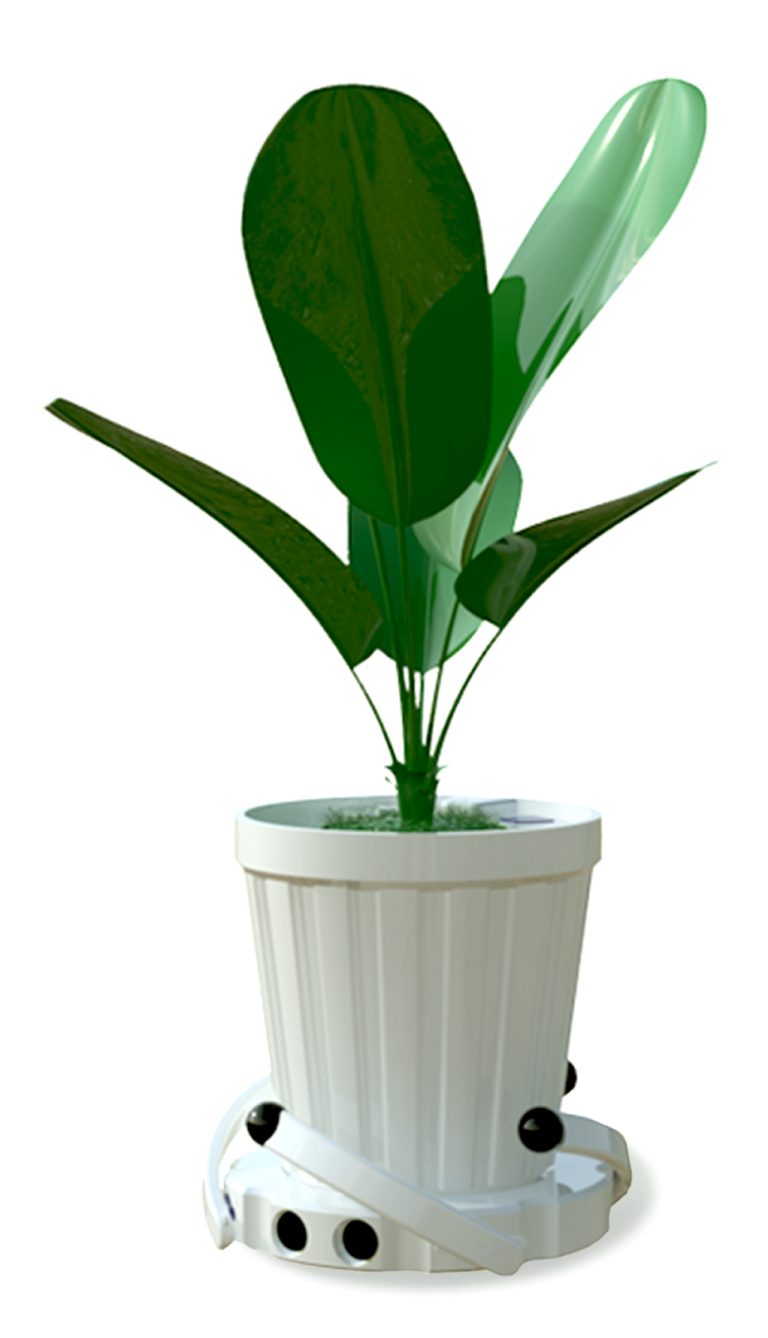

During the day, Lillipot turns to face the sun on sunny days, alternating the direction of light for uniform growth and the same time indicating to the user that the plant is well. When sprayed with water, the pot dances with happiness. However, if the plant does not have enough water, it does not dance nor turn to face the sun. Instead of that, Lillipot peaks out from beneath its legs, looking for its hooman to get water.
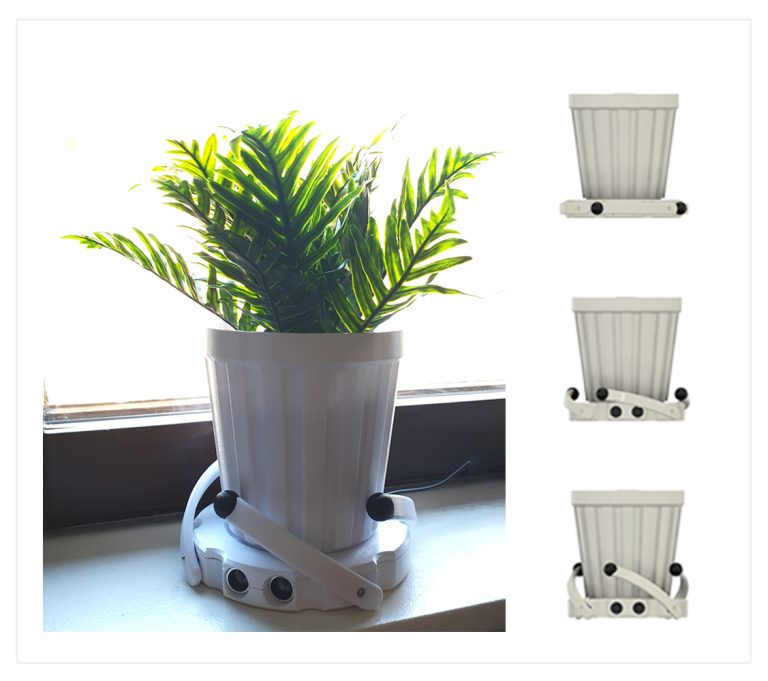
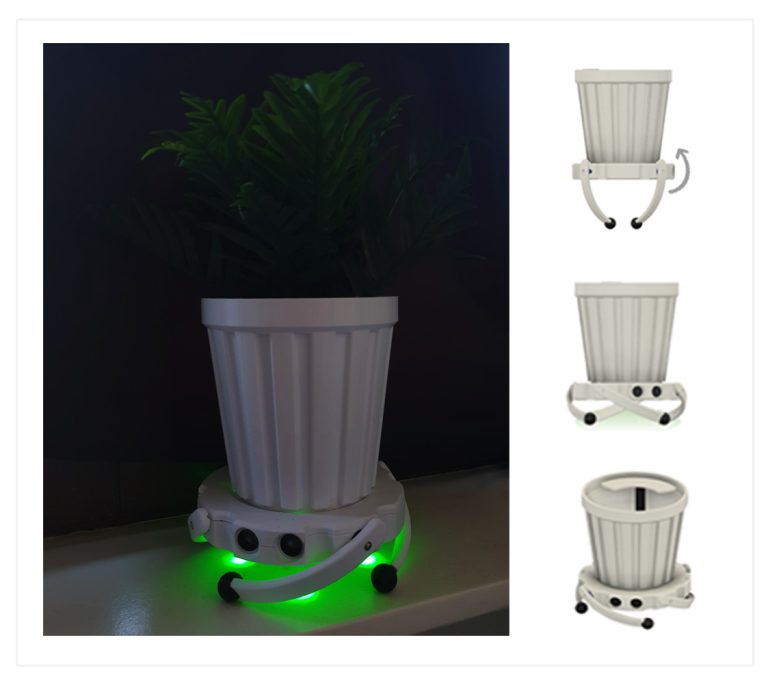
At night, the pot will raise itself above the surface and display the total amount of accumulated light during the day using LEDs’. If the plant does not have enough water, it will not stand up, but instead look for the user like during the day. If Lillipot detects the Hooman while in night stand mode, it will briefly pulse the lights to say “Hi”.
Challenges:
Throughout the project, we encountered a challenge as we discovered that the available natural daylight was insufficient to power the prototype. To ensure we could develop the prototype within a short timeframe, we made the decision to use USB power instead.
Reflection:
Throughout this project, I gained knowledge and skills in various areas, including physical interaction design, working with Arduino and, and coding.
